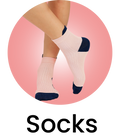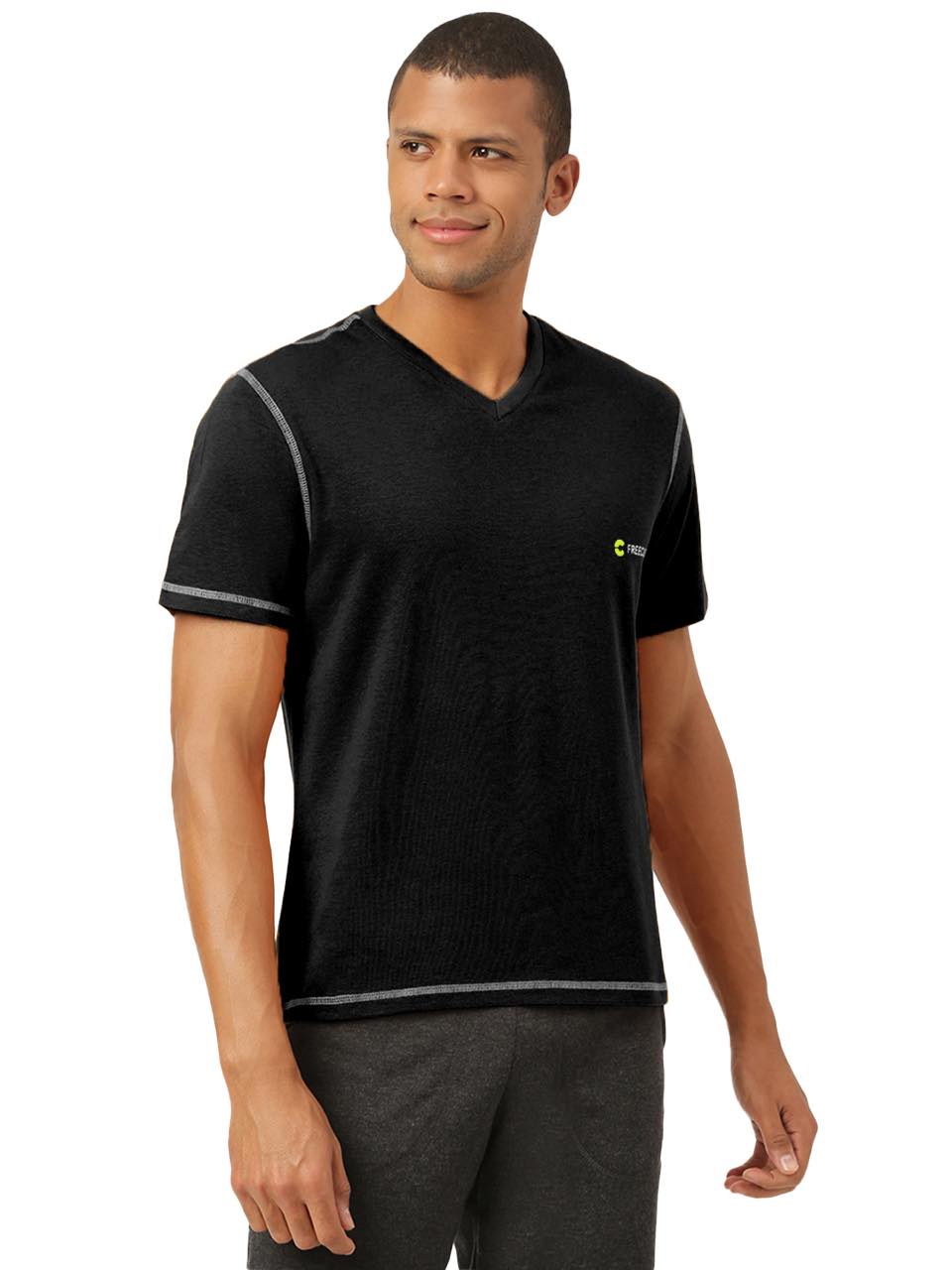Beyond a simple square of fabric, the bandana is experiencing a renaissance, moving beyond its traditional roles. Originally a utilitarian item for laborers, now you see it gracing high-fashion runways as reworked tops and statement accessories. But its versatility extends far beyond aesthetics. Consider its practical applications: from a makeshift face covering during wildfire season, aligning with current health and environmental concerns, to a sweatband for athletes pushing their limits. Even in tech, innovative designers are integrating bandanas into wearable tech, embedding sensors for biometric data collection. Let's explore the surprising depth and vibrant possibilities woven into this unassuming textile.

The Enduring Appeal of the Bandana
The bandana, a simple square of fabric, boasts a history as rich and varied as its countless designs. From its humble beginnings as a utilitarian tool to its current status as a fashion statement, the bandana has proven to be a versatile and enduring accessory. Its appeal lies not only in its practicality but also in its ability to express individuality and style.
A Kaleidoscope of Colors and Patterns
Bandanas are available in a staggering array of colors and patterns, each with its own unique appeal. The classic paisley design, originating in Persia and later popularized in Scotland, remains a timeless favorite. Solid colors offer a minimalist aesthetic, while vibrant prints and intricate motifs allow for self-expression. The choice of color and pattern can reflect personal taste, cultural affiliation, or even a specific mood.
- Red: Often associated with boldness, passion. Rebellion.
- Blue: Symbolizes calmness, trustworthiness. Stability.
- Black: Represents sophistication, power. Mystery.
- White: Conveys purity, simplicity. Cleanliness.
Bandana Materials: Balancing Comfort and Durability
The material of a bandana plays a crucial role in its comfort, durability. Overall functionality. Cotton is the most common choice, prized for its softness, breathability. Affordability. But, other materials like silk, linen. Synthetic blends are also used, each offering distinct advantages.
- Cotton: Soft, breathable, absorbent. Relatively inexpensive. May shrink and fade over time.
- Silk: Luxurious, smooth. Lightweight. More delicate and requires special care.
- Linen: Strong, durable. Becomes softer with each wash. Prone to wrinkling.
- Polyester/Microfiber: Durable, wrinkle-resistant. Quick-drying. Less breathable than natural fibers.
Beyond Fashion: Practical Applications of the Bandana
While the bandana is undoubtedly a stylish accessory, its practicality extends far beyond fashion. Its versatility makes it an indispensable tool in various situations, from outdoor adventures to everyday tasks.
- Headwear: Protects the head from sun, wind. Dust. Can be worn as a headband, skullcap, or do-rag.
- Face Covering: Provides protection from dust, pollen. Other airborne particles. Can be used as a makeshift mask.
- Neckwear: Keeps the neck warm in cold weather or absorbs sweat in hot weather. Can be worn as a scarf or neck gaiter.
- Handkerchief: A convenient and reusable alternative to paper tissues.
- Emergency Tool: Can be used as a bandage, tourniquet, or sling in emergency situations.
- Cleaning Cloth: Useful for wiping surfaces, cleaning spills, or dusting.
Bandana Styles: A Guide to Tying Techniques
The way a bandana is tied can significantly impact its appearance and functionality. Mastering a few basic tying techniques can unlock a world of styling possibilities.
- The Classic Fold: Fold the bandana diagonally to create a triangle, then tie the ends around the head or neck.
- The Headband: Fold the bandana into a long strip and tie it around the head, leaving the ends hanging down or tucking them in.
- The Wristband: Fold the bandana into a strip and tie it around the wrist.
- The Pocket Square: Fold the bandana into a square or triangle and tuck it into a jacket pocket.
Bandanas in Different Cultures and Subcultures
The bandana has held different meanings and significance across various cultures and subcultures throughout history. From its association with cowboys and laborers in the American West to its use as a symbol of gang affiliation, the bandana has often served as a visual marker of identity and belonging. More recently, it's been embraced by fashion enthusiasts as a versatile accessory that transcends cultural boundaries.
Caring for Your Bandana: Ensuring Longevity
Proper care is essential to maintain the quality and appearance of your bandana. Following these simple guidelines can help extend its lifespan and keep it looking its best.
- Washing: Machine wash in cold water with similar colors. Avoid using bleach, as it can damage the fabric and fade the colors.
- Drying: Tumble dry on low heat or hang to dry. Avoid over-drying, which can cause the fabric to shrink or become brittle.
- Ironing: Iron on a low setting if necessary. Use a pressing cloth to protect delicate fabrics.
- Storage: Store in a cool, dry place away from direct sunlight.
Bandanas: A Statement of Fashion & Comfort
The bandana seamlessly blends Fashion & Comfort, making it a staple in wardrobes worldwide. Its adaptability allows for endless styling options, whether worn as a bold statement piece or a subtle accent. It provides comfort through its soft fabrics and practical uses, proving that functionality and fashion can indeed coexist.
Bandanas: Sustainable and Ethical Considerations
In an era of increasing environmental awareness, it's crucial to consider the sustainability and ethical implications of our fashion choices. Opting for bandanas made from organic cotton, recycled materials, or sustainably sourced fabrics can help reduce the environmental impact. Supporting brands that prioritize fair labor practices ensures that the production of bandanas is ethical and responsible.
The Future of the Bandana: Innovation and Evolution
The bandana continues to evolve, adapting to changing trends and technological advancements. Innovations in fabric technology, printing techniques. Design are constantly pushing the boundaries of what's possible. As consumers become more conscious of sustainability and ethical sourcing, the future of the bandana will likely be shaped by these considerations.
Conclusion
So, you see, the humble bandana is far more than just a square of fabric. It's a statement piece, a practical tool. A blank canvas for your creativity. Next time you're heading out, whether it's for a hike or a coffee run, grab a bandana! Personally, I always keep a few tucked in my bag – a vibrant red one for adding a pop of color and a classic navy one for more subtle uses like protecting my hair from dust while cycling, a recent trend I've noticed gaining traction in urban areas. Don't be afraid to experiment with different folding techniques and colors to find what best suits your style and needs. Think beyond the traditional headscarf; try using it as a reusable gift wrap, inspired by the Japanese Furoshiki technique, or even as a makeshift phone stand in a pinch. The possibilities are truly endless. Embrace the bandana. Let its versatility inspire you to express yourself in new and exciting ways.More Articles
Bandana for Men – Versatile Style & Sun ProtectionTees – Soft Cotton & Durable Print
Women's Tank Top – Breathable Fabric & All-Day Comfort
Women's Boy Shorts – Seamless Design & Soft Stretch
FAQs
So, what's the big deal with bandanas? I see them everywhere!
Okay, think of a bandana as a super versatile square of fabric. Seriously! You can wear it as a headband, neck scarf, face covering, pocket square, wrist wrap… the list goes on. Plus, they come in tons of colors and patterns, letting you add a pop of personality to any outfit.
What are some of the really practical uses for a bandana beyond just fashion?
Glad you asked! Besides looking cool, a bandana can be a makeshift bandage, a dust mask in a pinch, a sweatband during a workout, or even a way to signal for help if you're ever lost. Survivalists swear by them!
Are bandanas only for cowboys and rock stars?
Definitely not! While they have a history in those subcultures, bandanas are for anyone and everyone. It's all about how you style it. You can make it preppy, edgy, casual, or whatever vibe you're going for.
How do I keep my vibrant bandana colors from fading in the wash?
Good question! To keep those colors popping, wash your bandana in cold water with similar colors. You can also add a little bit of vinegar to the wash to help set the dye. Avoid harsh detergents and tumble drying on high heat.
What materials are bandanas usually made from?
Most bandanas are made from cotton, which is affordable and easy to care for. You might also find some made from silk or linen for a more luxurious feel. Cotton is the classic choice.
Can you give me some easy bandana tying styles for my hair?
Sure! For a classic look, fold it into a triangle and tie it around your head with the point facing forward or backward. You can also fold it into a thin strip and wear it as a headband. Or, try tying it around a ponytail or bun for a fun accent.
Where's the best place to buy a good quality bandana?
You can find bandanas almost anywhere! Craft stores, clothing retailers, online marketplaces... But for really unique designs or higher-quality materials, check out independent artists or specialty shops. Just look around!





